Does Black representation exist within the romantic era? If so, what type of representation was it? Before answering any of these questions, let’s actually grasp an understanding on what romanticism is.
Understanding Romanticism
According to the Oxford dictionary, is:
“a style and movement in art, music and literature in the late 18th and early 19th century, in which strong feelings, imagination and a return to nature were more important than reason, order and intellectual ideas compare realism.”
Honestly, I really dislike this definition. Maybe it's just me and I’m a bit slow to catch on, but it doesn't really capture what Romanticism is all about. It doesn't touch on the significance of the style or the era, and it definitely doesn’t say much about whether Romanticism still influences us today.
A long time ago in Europe, there were all these different literary periods that kept changing and evolving. You had the Classical period, the Medieval times, the Renaissance, Baroque, then the Enlightenment (which is also called Neoclassical), and finally Romanticism. There are a few more periods that come after, but they’re not super relevant right now. Think of these eras like the major pop-culture trends of their day, each one influencing how people thought and created. Before Romanticism took over, the Enlightenment was the big thing. This was a time when everyone was all about reason, clarity, and order. It was a pretty stiff and logical period, where everything had to be based on science and facts. Emotions were kind of put on the back burner, and if something didn’t make sense, it wasn’t worth much.

Romanticism was a major shift that really challenged the way people were thinking at the time. It was all about celebrating emotions and intuition, putting a new emphasis on individualism and the beauty of nature. During this period, art became a way for artists to express their inner feelings about everything, moving away from the more structured and logical approaches that were popular before. The Romantic Era gave rise to some of the most famous works in literature, such as the poems of William Wordsworth and Samuel Taylor Coleridge, Byron, Shelley, Keats and Austen. Even though it started centuries ago, elements of Romanticism are still around today, influencing how we think and create.
Eli Siegel, a prominent critic, argued that Romanticism did not fade away after the 19th century as commonly believed but continues to influence our culture today. In his essay “Romanticism Is Still with Us,” Siegel explains:
“All romanticists have tended to make reality and wonder akin, the fact and strangeness like each other …. Romanticism, essentially, is just as strong today as ever. ”
We see the influence of Romanticism in modern culture, especially in things like movies, TV shows, and games. Pokémon has a mix of imagination and realism, featuring creatures with human-like emotions and stories that reflect our own experiences. Think about Pokémon Go—it’s an app that blends a fantasy world of Pokémon with our real world, making the extraordinary seem part of our everyday life. Similarly, J.K. Rowling’s Harry Potter series mixes magic with the familiar struggles of growing up and going to school. This mix of imagination and real-life challenges shows how Romanticism’s focus on imagination and personal experience is still very much alive today.
Preconceived Notions of the Romantic Period
Black representation was definitely not something I expected to encounter in an English Romantics course—it almost seemed like a myth to me. I had the same surprise with the popular TV show Bridgerton, created by Shonda Rhimes and based on Julia Quinn’s books. Set in England between 1813 and 1827, which is right in the Romantic era, Bridgerton stands out for its diverse casting, especially in the recent Queen Charlotte release. I absolutely love the show and really appreciate the diversity, but I didn’t connect it to the Romantic period because I assumed the literature of that time was mostly about white people.
And no, it’s not that I’m some clueless girl living under a rock. It’s just that most period dramas, literature, and art we see are predominantly white. So, it’s easy to assume that this era was all about white representation!
While researching for more into this topic, I stumbled upon a video posted by The Guardian, titled “Why are period dramas so white?” This video criticizes the lack of diversity in British period dramas, noting how, despite the fact that there were many individuals who were black during this time period, not a single person of colour is casted in these dramas.
However, this video attracted numerous negative comments, such as:
Although the video made some valid arguments about the absence of black representation in British dramas, I can somewhat understand the disagreement shown in the comment section. After all, most of what we’ve seen and been shown about the Romantic period focuses on white stories. So, I’d like to offer a different perspective and show an alternative argument:
The majority of British period pieces are WHITE; nevertheless, this does not mean that there was no black representation. I will look at and label different types of black representation specifically in the romantic period that have been overlooked by mainstream society. When exploring the representation of Blackness in the English Romantic period, I will analyze three texts: William Blake's Chimney Sweeper and Little Black Boy, The History of Mary Prince, a West Indian Slave, and Woman of Colour: A Tale, published anonymously.
P.S. I wanted to note that the terms I use to label the different types of representation are simply just a fun and easier way to understand and differentiate between them all.
William Blake’s White Saviour Representation
Beginning with William Blake, Blake was a popular English Romantic poet in the late 18th and early 19th century. His themes and style of poetry utilize romantic characteristics such as vivid imagination, emphasis on passion and emotions, and the beauty of nature. His paintings are highly recognized, as is his literary collection, Song of Innocence and Experience (1789). In this collection, he has two different poems that have black representation called: Chimney Sweeper and A Little Black Boy, which leads to the first type of black representation I like to call White Saviour Representation. This type of black representation is written by a white person specifically literature with a criticism on racism in the anti-black society.
The Chimney Sweeper
The Chimney Sweeper is a poem that highlights the harsh realities of child labor, particularly the exploitation of Black children during that era. As the title suggests, the job involved cleaning chimneys, which was dangerous due to the narrow spaces. These children, often orphans or from impoverished families, were used for their small size, but this made them highly vulnerable to severe risks and exploitation. In most cases, the children working as chimney sweeps were Black and around six years old. This situation was essentially a form of slavery, as these children were often bought from their families to do this work. The conditions were extremely dangerous—exposure to soot caused asthma, and the tight spaces hindered their physical growth and development. Tragically, death was a common outcome in the worst cases.
Jeremy Goheen’s study, "Soot in One's Soup: Transitory Blackness in British Romantic Chimney-Sweep Literature," explores how chimney-sweep literature from 1785 to 1825 serves as a significant framework for understanding the widespread anti-Black attitudes during the Romantic period.
He address,
If the people of Britain could be swayed into caring for the suffering of enslaved Black Africans caught up in the slave trade, then they could be persuaded to spare a thought for the soot-covered children who climbed their own chimneys (Goheen)
I believe this is what William Blake had in mind through his poem, Chimney Sweeper.
When my mother died I was very young,
And my father sold me while yet my tongue
Could scarcely cry " weep! 'weep! 'weep! 'weep!"
So your chimneys I sweep & in soot I sleep.Blake’s use of a childlike narration really brings out the harsh reality of child labor, showing just how grim things were for these kids. By making the poem rhyme like a nursery song, he helps readers see the dark reality these innocent children were living through. Since Blake was writing for a predominantly white audience, his goal was to put light on the social inequalities and hopefully spark change to end such exploitation.
A Little Black Boy
A Little Black Boy presents a conversation between a Black child and a white child, highlighting the contrasts between them. The conversation starts with the Black child explaining that to reach heaven, he must always "behave his best" and expressing envy towards the white child, whose innocence is assumed simply because of his skin colour. The poem illustrates this contrast further, with the Black child lamenting the extra burden placed on him to prove his worthiness due to societal prejudices. In contrast, the white child is seen as inherently innocent and pure, reflecting the biases and assumptions of the time.
Through this, Blake once again sheds light on social inequality, not just by addressing the exploitation of chimney sweeps but also by tackling the broader racial injustices faced by the Black community. This poem can be seen as a form of white advocacy for Blackness during the Romantic period, offering a different perspective on the social injustices of the era.
Mary Prince’s abolitionist representation
The History of Mary Prince, A West Indian Slave tells the powerful story of Mary Prince’s life as an enslaved woman and her long journey for freedom. This narrative is best categorized as abolitionist representation, as it played a crucial role in advocating for the anti-slavery movement in England. It emphasizes personal experience and emotion, showcasing her suffering and resilience while challenging social norms. By sharing her story, Prince evokes empathy and embodies Romantic ideals of advocating for the oppressed.
If you’re curious about how this fits into Romantic literature, Matthew Rowney’s book, In Common Things, offers some great context. He explains that Romantic authors saw the relationship between humans and nature as mutually influential, showing how our interactions with the natural world shape our connections to each other. This idea aligns perfectly with Prince’s narrative, which illustrates the everyday experiences of Black individuals, especially those who were enslaved. On the other hand, William Blake’s poems, like The Chimney Sweeper and A Little Black Boy, also tackle social injustices and fit into political Romantic literature. However, a key difference is that Prince’s text is told from the perspective of an enslaved person, giving a direct and personal account of pain and injustice. Blake, meanwhile, writes from an empathetic white perspective, reflecting his observations about racial issues.
Both Prince’s story and Blake’s poetry highlight the harsh realities of their subjects while engaging with core Romantic themes like individualism and emotional depth. Their works serve as powerful reminders of the struggles faced by marginalized individuals, making important contributions to the Romantic era and the fight against social inequity.
Olivia Fairfield: Ideal Heroine Representation
A Woman of Colour: A Tale is an anonymous novel about a young mixed-race woman named Olivia Fairfield, who leaves Jamaica to go to England to meet her arranged cousin for marriage. This English Romantic novel is significant because it features one of the first women of colour as the protagonist, written by an unknown author. Some scholars, like Cheryl A. Wilson and Maria H. Frawley in The Routledge Companion to Jane Austen, suggest that the novel could have been written by a black author, potentially making it the first of its kind. Even without definitive proof of the author’s identity, Olivia’s story makes a bold literary statement. This text is incredibly important for Black representation, as it opens up the possibility that it could have been written by a Black author, which would be a groundbreaking achievement for its time.
I chose to label this an ideal heroine representation as it holds great representation of black women and that the experiences Olivia faces relate back to experiences that black women face today. The text is in first person and written through letters that allows us as readers to see and understand how Olivia navigates the complex racial dynamics and societal expectations as a woman of colour in a predominately white society. The novel explores themes of race, gender, class, and identity through Olivia's experiences.
Wilson and Frawley discuss how to “consider Olivia, The Woman of Colour’d heroine, as part of a group of black ladies who have the potential to make a substantive contribution to the way in which we rethink our approaches to Jane Austen’s work as well as the landscape of British literature from a unique black perspective”
When I first read A Woman of Colour: A Tale, I was reminded of Jane Austen’s novels but from the perspective of a Black woman and the struggles she faces. I chose to emphasize this text not only because the protagonist, Olivia Fairfield, is a woman of colour, but also because the novel shares the same dramatic twists and turns as Austen’s works. Olivia reminds me a bit of Catherine from Northanger Abbey—as readers, we root for their happiness, and both have many likeable qualities as protagonists.
While Catherine navigates societal expectations as a woman with limited status, Olivia faces racism and prejudice as a mixed-race woman. The intersectionality between the two is clear, but what makes this text especially so intriguing is its ending. Whereas Catherine marries the man she desires, Olivia remains unmarried. She refuses to marry Augustus due to his past relationship and declines Mr. Honeywood’s proposal, despite his openness to her. Instead, Olivia returns to Jamaica, the home she has longed for. This ending breaks the typical Jane Austen formula, where a woman’s happy ending comes through marriage. For Olivia, her happiness lies in returning home. This is also seen through an editor and reader conversation at the end of the novel
Although I understand the ending of A Woman of Colour: A Tale and how it presents a liberating conclusion by challenging societal expectations that marriage is the ultimate goal for women, Olivia’s ending left me somewhat unsatisfied. Throughout the novel, we see Olivia constantly striving to please everyone while enduring racism and prejudice. She deserved more than the ending she received. While it’s perfectly fine that she didn’t get married, simply returning to Jamaica didn’t feel like enough of a reward for all she had endured. It left me wondering if the ending’s moral is that Black women don’t always get the privilege of a truly fulfilling conclusion. This is just my personal reflection on Olivia’s ending, but it feels as though her struggles warranted a little more.
Hopefully, I have illustrated that the Romantic era was not exclusively represented by whiteness. The predominance of white narratives in mainstream literature is a result of historical decisions about which stories and voices were given prominence. Through the works of Mary Prince, William Blake, and the anonymous author of A Woman of Colour: A Tale, we find powerful stories that challenge the typical views on race, identity, and social justice. One reason for the limited representation of Black individuals during this period might be that many people are uncomfortable confronting the harsh realities they faced.
Dear Romanticist fans, I don’t give a shit if you feel uncomfortable confronting the racism that black people face. I want to see a period drama on Olivia Fairfield ASAP! These stories, though often dark and difficult, are crucial for understanding the full scope of experiences during the Romantic era. By exploring these works, we not only deepen our understanding of Romanticism but also contribute to ongoing discussions about representation in literature.


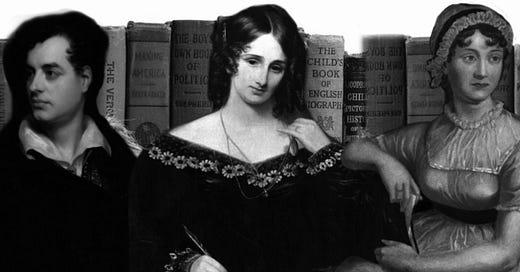



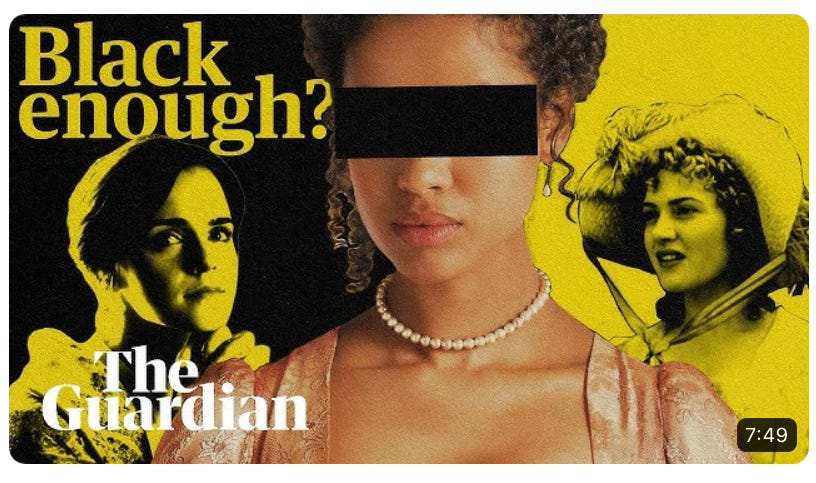
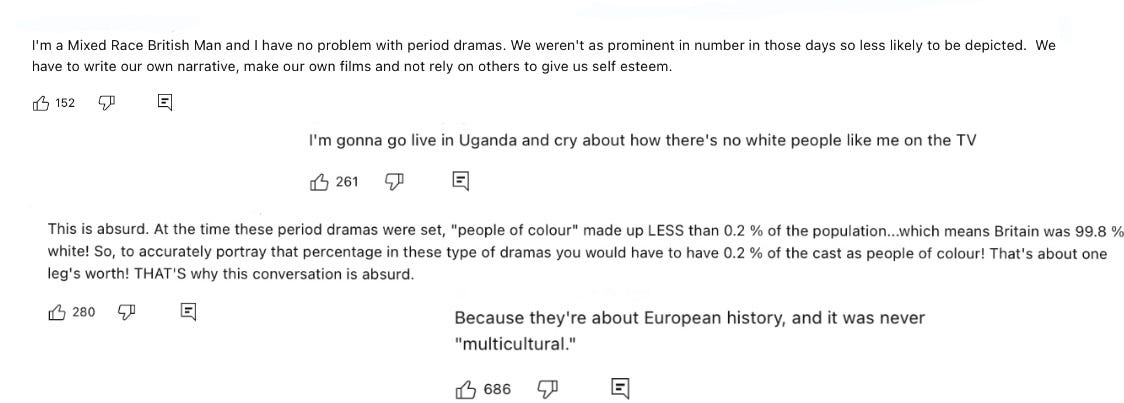

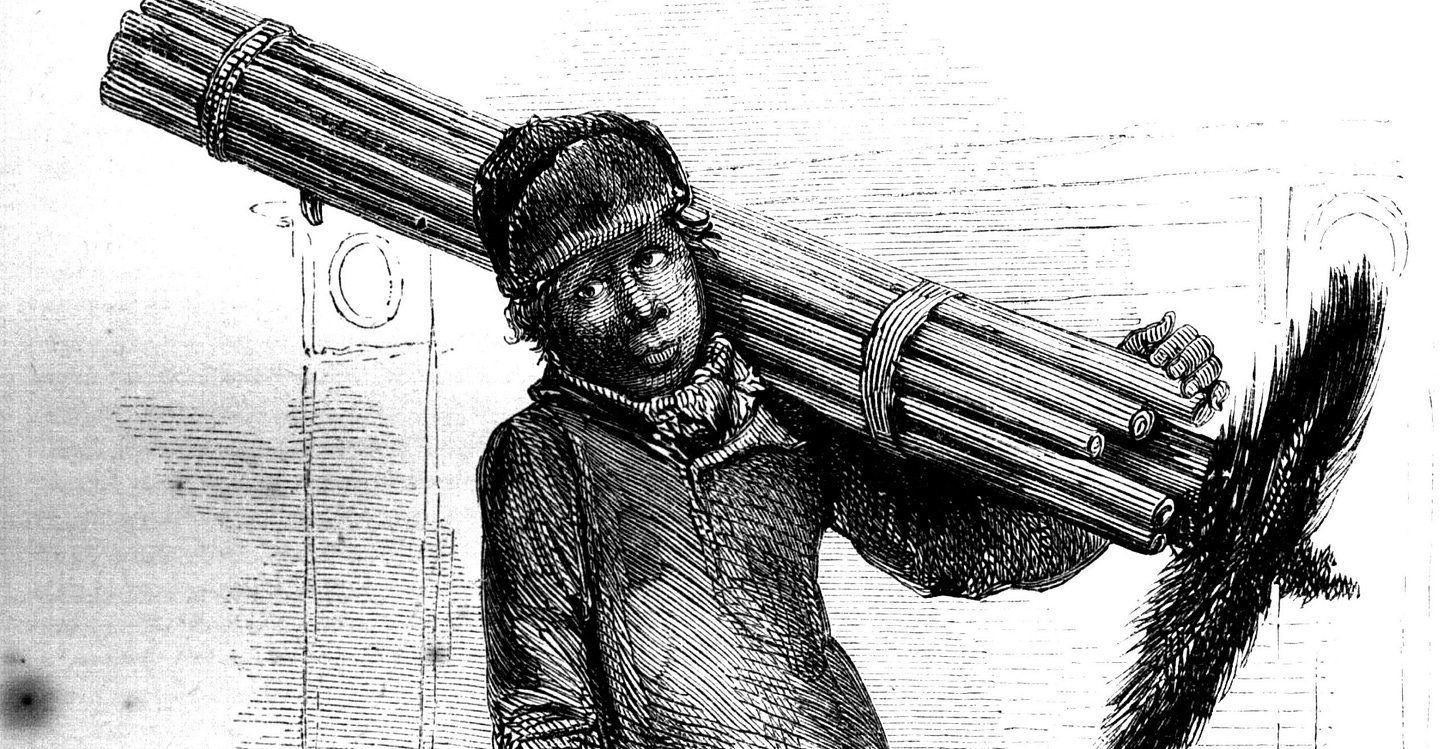
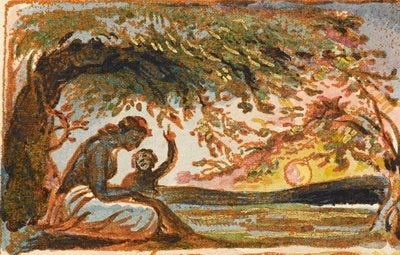


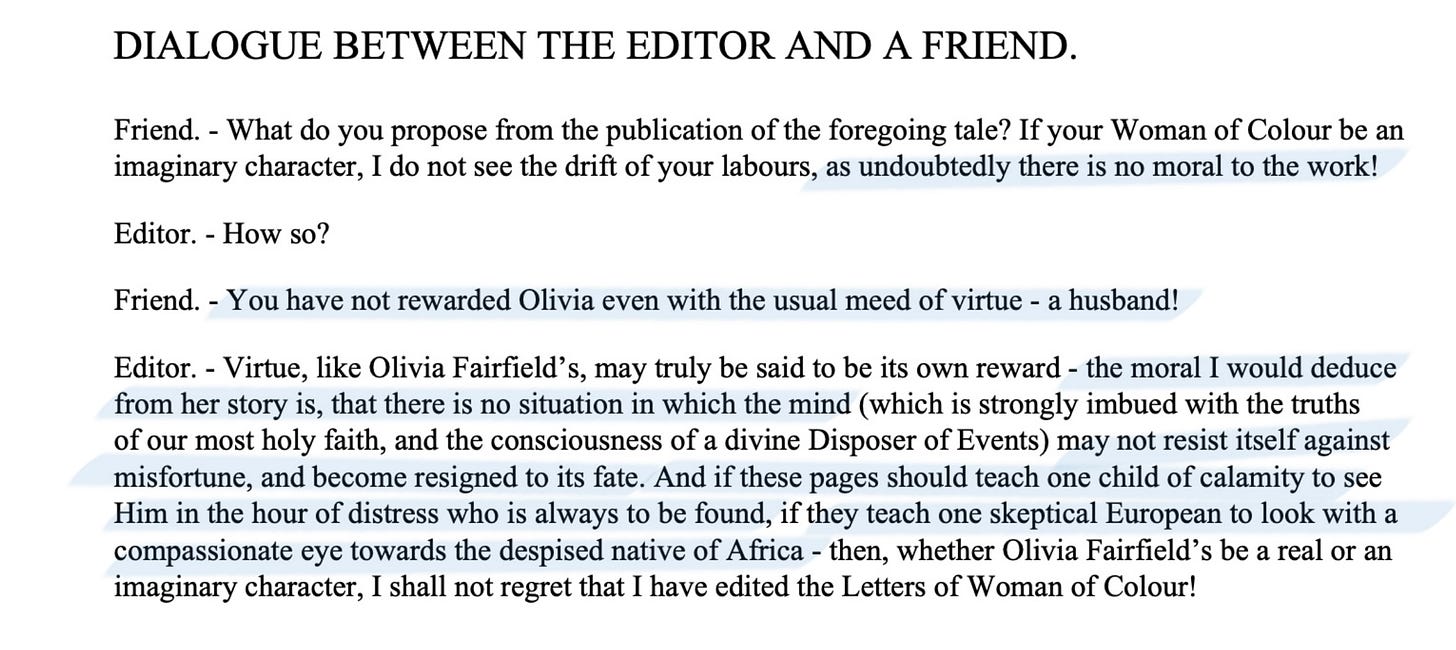
as an english literature student (and romantic age lover) this was such an interesting read!